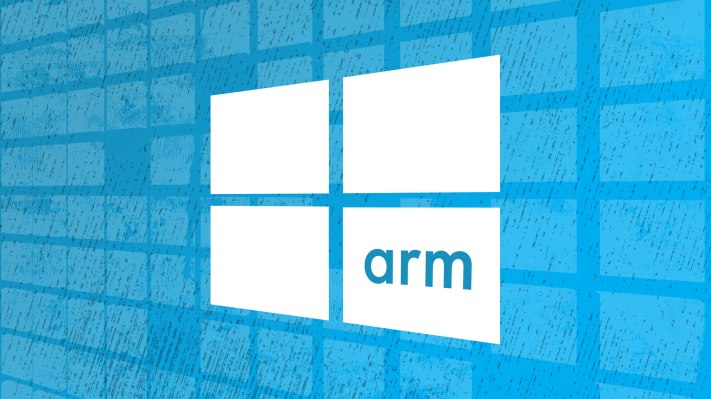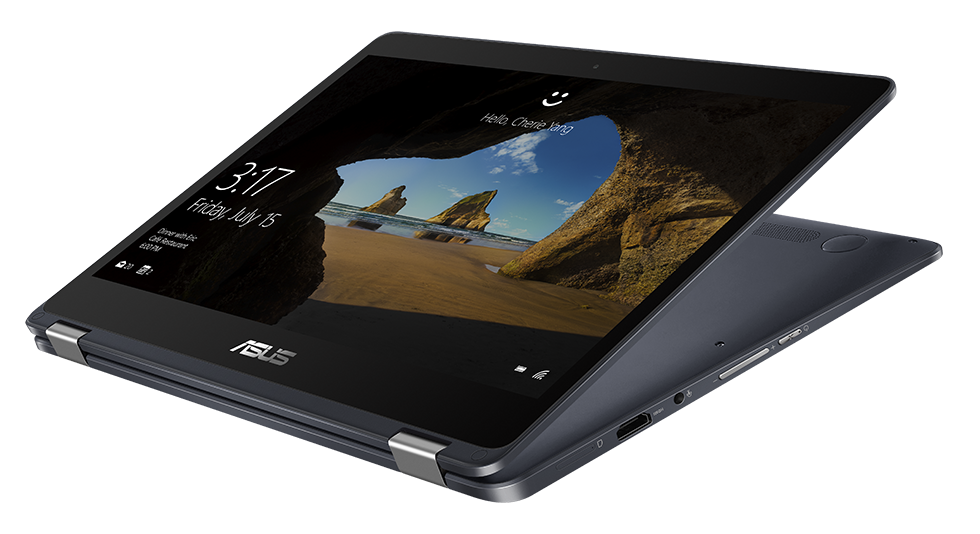Windows laptops and tablets have traditionally run on X86 processors from the likes of Intel and AMD. Microsoft experimented with using ARM-based processors when it launched the Surface RT and Windows RT in 2012 — and it cost the company dearly. The failure of the Surface RT was mostly due to software, though. The system could only run a small subset of applications that had been specifically compiled for it — and hence you couldn’t just install Chrome or Photoshop, for example. It didn’t help that Microsoft’s marketing for the Surface RT was confusing for many consumers.
Fast-forward to today and Microsoft is ready to give ARM on laptops another try. But this time, you will be able to run any program you wish. Windows 10 for ARM is officially launching today, and while Microsoft itself isn’t launching an ARM-based Surface device just yet, the company has partnered with the likes of HP to launch a new class of laptops that Microsoft officially brands as “Always Connected Devices.”
The promise of using ARM-based chips (and we’re mostly talking Qualcomm Snapdragon processors here), is that you’ll get the kind of user experience that you’ve become accustomed to from your smartphones. That means these devices will turn on almost immediately, feature wireless LTE connectivity and — maybe most importantly — offer the kind of battery life that’ll let you get through a day or two (and, in the future, maybe a week) of work without having to recharge.
Ideally, of course, that’s exactly what users who really shouldn’t have to care about which processors sit in their laptops will experience once the first ARM-based laptops go on sale. ASUS and HP, which both worked with Microsoft on bringing the first Windows 10 for ARM devices to market, both claim that their first entries into this market will offer over 20 hours of active-use battery life and close to 30 days of standby.
ASUS is entering this market with the NovaGo, a foldable Gigabit LTE laptop powered by the Snapdragon 835 platform. HP is bringing the ENVY x2 Surface clone to the party. HP’s entry offers 4G LTE2 support.
The biggest difference between the failed RT experiment and these new devices is that users will be able to run any existing Windows applications and that all modern peripherals will just work, too.
As Erin Chapple, Microsoft’s GM of Windows told me, the company recompiled the Windows 10 operating system for ARM. There is no emulation at the operating system level. The team spent quite a bit of time trying to decide where to set the boundary between the operating system and the emulated layer, though. In the end, Microsoft decided to natively compile all of the DLLs (that is, most of the Windows libraries) and set the emulation layer above that.
For everything that sits above this and needs to be emulated, Windows 10 on ARM uses a dynamic binary translator to translate X86 code into ARM64 code on-the-fly.
Because of these design choices, most applications should run with almost native-like performance, because most standard Windows apps tend to call the operating system APIs (including those for graphics) directly — and all of those libraries have been recompiled, after all. Any time you are dealing with an app that’s heavily CPU-bound, you’ll see a performance hit.
Over time, though, Microsoft will surely make it easier to bring into its marketplace applications that have been pre-compiled for ARM, so that CPU-heavy applications will be able to run at native speeds, too.
[gallery ids="1575382,1575380"]
Rene Haas, the head of ARM’s intellectual property group, told me that it’s worth remembering that his company started working with Microsoft back in 2008 (and not just around Windows RT but also around the Windows Mobile ecosystem).
“We are pretty excited about where we are at,” he told me. “It’s been a long engagement with Microsoft around this platform but also, a lot has changed since the first time they were looking at windows on ARM.”
He said that a few years ago, ARM only offered a 32-bit architecture, for example, and that ARM-based chips have only now reached the point where they are powerful enough to enable laptop-like performance (indeed, Microsoft’s Chapple also noted that one of the motivations for Qualcomm here is that its chips are now so powerful they eclipse the standard phone workloads and the company is looking for other places to use them).
“I’ve lived through the Windows RT journey and I believe we’ve taken a number of the past learnings that came from that to take a new approach to enable Windows on ARM that’s differentiated both in terms of the core platform experience and that’s differentiated because of the core promise of Windows,” Sones said.
She also stressed that she hopes that Windows on ARM will push Intel forward, too, and she expects that this device category will include Intel-powered machines in the future. “We’ve all seen that Intel is at their best when they are under pressure,” she added.
ARM’s Haas expects that his company will continue to offer more powerful architectures with double-digit performance gains every year. In his view, we’ve now reached the tipping point where ARM-based laptops can compete with Intel-based ones. As the power of the ARM platform increases, he said, “it starts to move us into a class where we can be on even footing to deliver a no-compromise experience on a laptop PC.”
Because we haven’t used any of these new devices yet, we simply don’t know if they are any good. What we have seen, though, is that there’s a market for instant-on PCs in the form of Google’s Chromebooks. Both Google’s and Microsoft’s aim here is to offer their vision of what the future of mobile computing (and work) beyond the smartphone will look like. “We are competing around this new culture of work,” Microsoft’s GM of device strategy and ecosystem Roanne Sones acknowledged. “That’s what’s changing and we need to make our device experience and our PC experience modern.”
In this context, ARM’s Haas also stressed that this new architecture will enable new form factors, too, simply because of the fact that if you don’t need a fan, you can put the CPU anywhere in a device (even behind the screen) to enable new foldable or detachable products (or to cram in more batteries into these laptops).
It’s interesting to see that Microsoft is launching this platform without a flagship device in its own Surface lineup. Maybe it’s doing this to avoid any of the lingering confusion around the Surface RT, but the Microsoft team itself claims that it’s doing this because it wanted to work closely with its ecosystem partners to build, validate and harden this platform. Either way, I expect that we’ll see an ARM-powered Surface device in the not so distant future.

